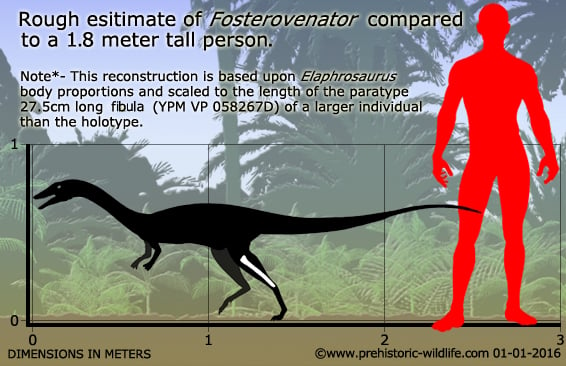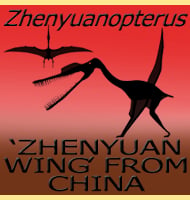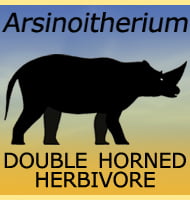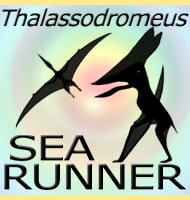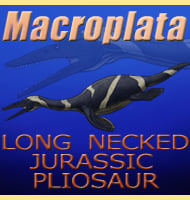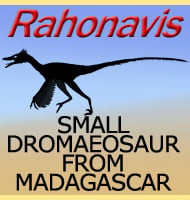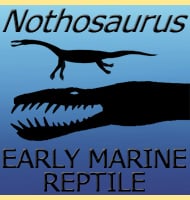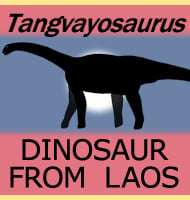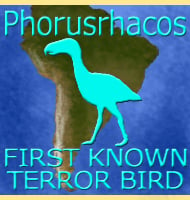In Depth
Fosterovenator was a ceratosaurid theropod dinosaur that lived in North America during the late Cretaceous. At the time of writing the only parts that are known for Fosterovenator are lower leg bones, but in the original description of this genus, the fossils were noted as being superficially similar to those of the genus Elaphrosaurus, a very gracile theropod dinosaur that lived in the late Jurassic of Africa, though several fossils from the North American Morrison Formation have been speculated as belonging to Elaphrosaurus or Elaphrosaurus-like dinosaurs before the description of Fosterovenator.
If indeed built in a similar way to Elaphrosaurus, then Fosterovenator would have been a predator that focused upon speed and agility to hunt smaller, possibly juvenile dinosaurs. However this speed would have also been the best defence for Fosterovenator as the genus lived in the same area and at the same time as much larger and more powerful predatory dinosaurs such as Torvosaurus, Allosaurus and possibly even Ceratosaurus.
Further Reading
- New data on small theropod dinosaurs from the Upper Jurassic Morrison Formation of Como Bluff, Wyoming, USA. - Volumina Jurassica 12(2):181-196. - S. G. Dalman - 2014.
